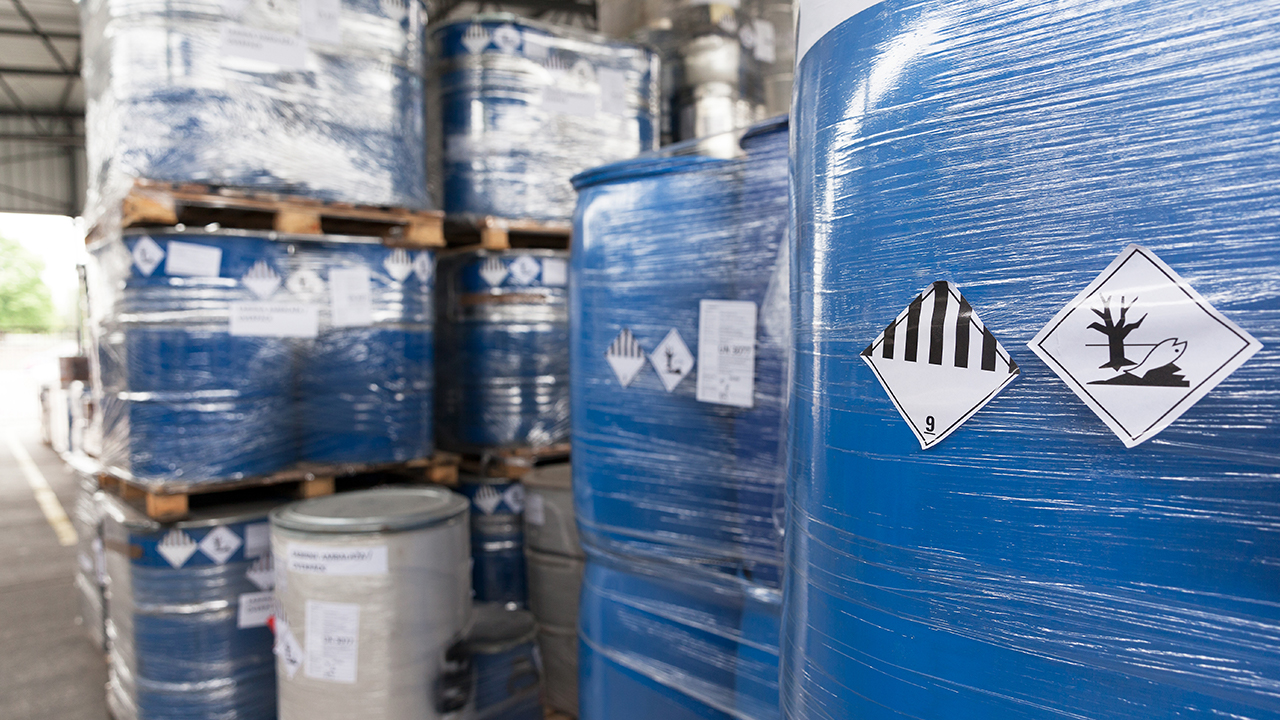Hazardous Materials Analysis
CCI’s licensed Fire Protection Engineers and Certified Safety Professionals are experts in regulations for facilities containing hazardous materials.
The Chemical Abstract Service (CAS) Registry lists approximately 174 million unique organic and inorganic substances and is updated daily. Many of these products are classified as hazardous materials that present physical hazards or health hazards, and some are found in most commercial operations.
The storage and use of hazardous materials are regulated by building codes, fire prevention codes, NFPA standards, and insuring underwriters. A comprehensive approach to hazardous materials requires thorough knowledge of applicable regulations. Compliance can prevent dangerous and expensive issues to mitigate.
CCI expertise includes:
- International Fire Code
- International Building Code
- NFPA 30: Flammable and Combustible Liquids
- NFPA 30B: Manufacture and Storage of Aerosol Products
- NFPA 69: Explosion Prevention Systems
- NFPA 400: Hazardous Materials Code
- NFA 430: Storage of Liquid and Solid Oxidizers
- NPA 654: Prevention of Fire and Dust Explosions


Services
- Hazardous materials classification
- Building, Fire, and NFPA codes and standards analysis
- Site investigation and analysis
- Code equivalency and alternate method development
- Material Safety Data Sheets (MSDS) / Safety Data Sheet (SDS) compliance review and auditing
- Hazardous Materials Inventory Statement (HMIS) preparation
- Hazardous Materials Management Plan (HMMP) preparation
- Hazardous Materials Containment concepts
- NFPA 30 flammable liquid decision tree analysis
- High-Piled Storage (HPS) Plan preparation
- Fire detection and suppression system design criteria and design document preparation
- Third–party review
- Insurance underwriter evaluation and coordination
The CCI Advantage
Expertise: Comprehensive knowledge and experience in identifying, analyzing, and mitigating hazardous materials.
Responsiveness: Understanding client schedules, the applicable regulations, and Authorities Having Jurisdiction (AHJ) objectives to provide solutions in a timely manner.
Communication: Professional approach when negotiating client objectives and documentation for solidifying proposed special hazard concepts.
Cost Effective: Multiple options are provided to reduce up-front construction costs and future maintenance expenses.
Compliance: Special hazards containment, and sprinkler and fire alarm design that meets the applicable codes.
Solutions: Creative, ‘outside the box’ thinking in identifying issues, generating solutions, and implementing criteria when codes and standards don’t address client special hazards.
Documentation: Experts in developing HMMP, HPS, and HMIS for AHJ approval of design concepts.
